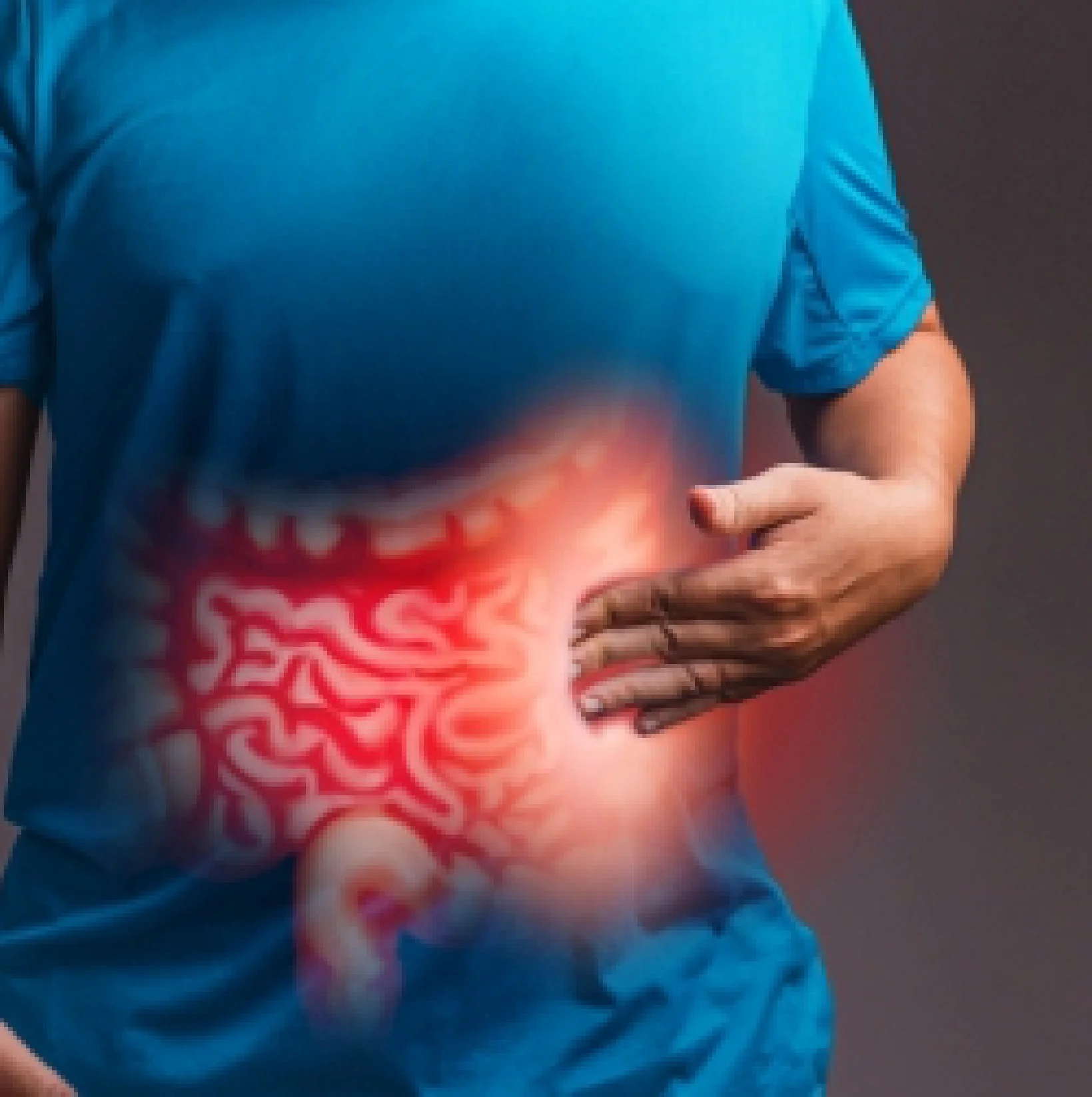
Department of General & Laparoscopic Surgery
Welcome To Gangasheel Hospital
What is Obstructive Hernia ?
A hernia occurs when an internal organ or other part of the body protrudes through the muscle or tissue wall that normally contains it. Most hernias occur in the abdominal cavity between the chest and hip.
- Inguinal and femoral hernias result from weakened muscles that may be present from birth or are related to aging and repetitive stress to the abdomen and groin. It can be caused by exercise, obesity, pregnancy, frequent coughing, or toilet strain from constipation.
- Adults may develop a bloated abdomen, obesity, a persistent, severe cough, or an umbilical hernia after childbirth.
- The cause of hiatal hernia is not fully understood, but age-related weakening of the diaphragm and pressure on the abdomen may play a role.
A hernia or hernia can create a noticeable lump or bulge that pushes back or disappears when you lie down. The lump may reappear after being pushed in. Other symptoms of a hernia include a lump in the testicle.
- Increased pain in the bulging area.
- Pain when lifting.
- Bulge size increases over time.
- Dull pain.
Symptoms of bloating or bowel obstruction.
A hiatal hernia has no bulge on the outside of the body. Instead,
symptoms such as heartburn, indigestion, difficulty swallowing, frequent
belching (food reflux), and chest pain may develop.
- Maintain your ideal weight by eating healthy and exercising.
- Eat plenty of fruits, vegetables, and whole grains to avoid constipation.
- Pay attention to correct posture when lifting weights or heavy objects. Never lift more than you are capable of.
- Seek medical attention if coughing or sneezing persists
- Don't smoke, as smoking can lead to a hernia-causing cough.
- Hernias usually do not heal on their own and surgery may be the only way to fix them. However, your doctor may recommend the best way to treat a hernia and refer you to a surgeon. If your surgeon feels your hernia needs to be repaired, your surgeon will customize the repair method to best suit your needs.
- In open surgery, an incision is made in the body at the hernia site. The protruding tissue is put back in place and the weakened muscle wall is stitched back together. In some cases, some type of mesh is implanted in the area to provide additional support.
- Laparoscopic surgery involves the same type of repair. However, instead of making an incision outside the abdomen or groin, a small incision is made to insert surgical instruments and complete the operation
- Robotic hernia repair, similar to laparoscopic surgery, uses a laparoscope and is performed through small incisions. In robotic surgery, the surgeon sits at a console in the operating room and manipulates surgical instruments from the console. Robotic surgery can be used for some mild hernias and vulnerable areas, but it can now be used to reconstruct the abdominal wall as well
Yes, Obstructive Hernia treatment is available in Bareilly at Gangasheel Hospital by the team of expert General surgeon's in the city.
